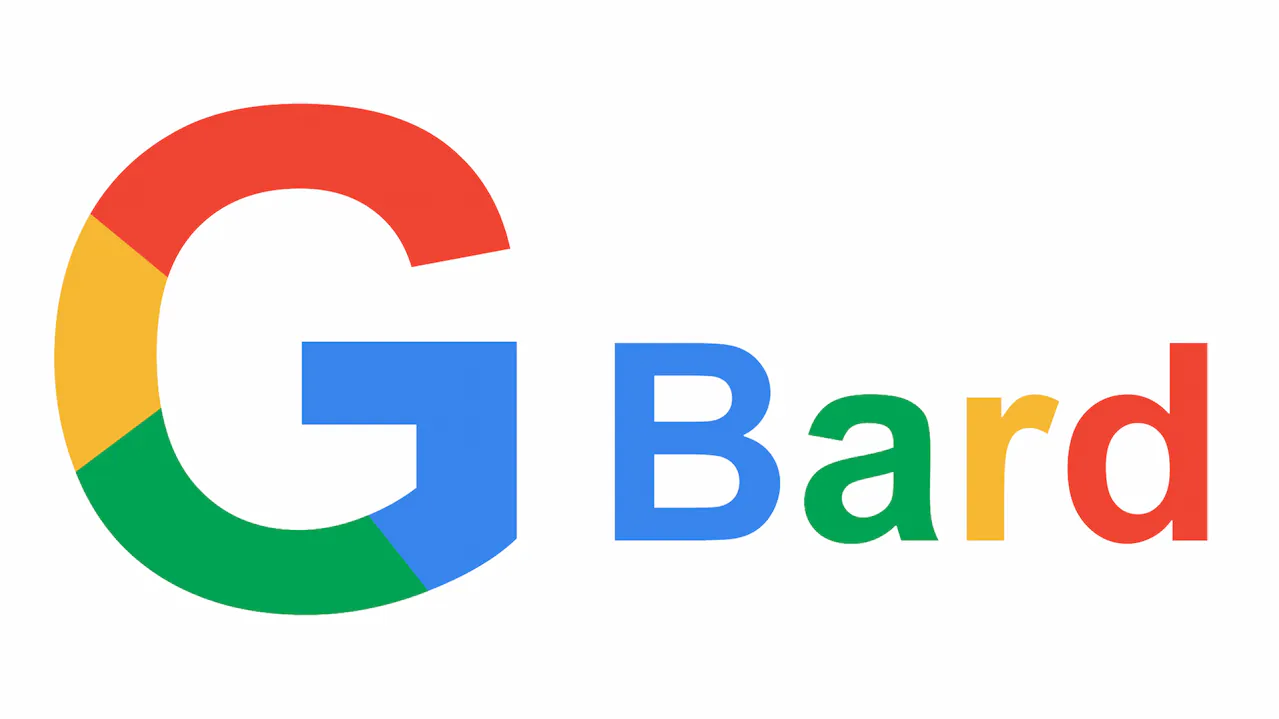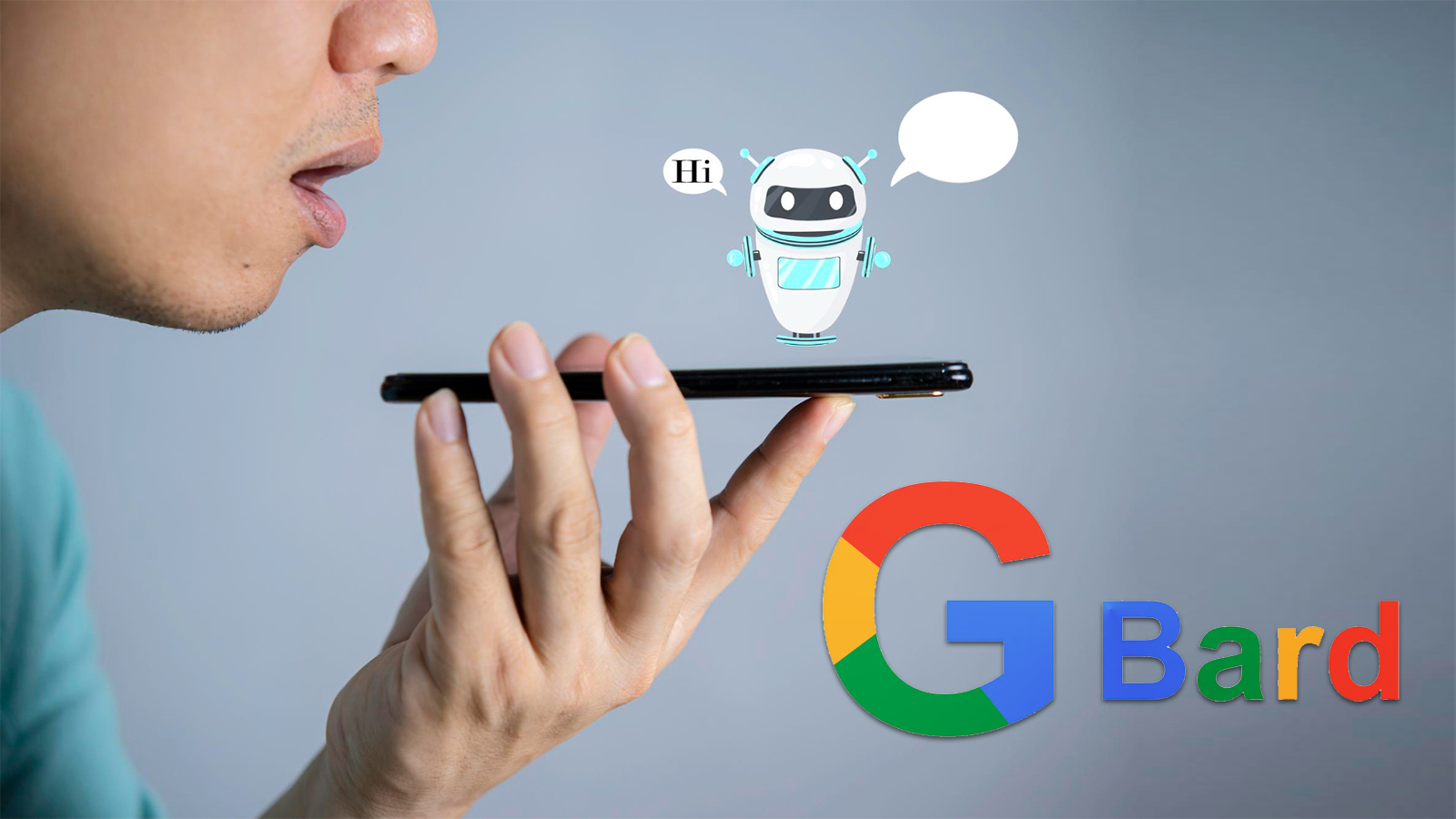It’s called Google Bard, and it’s an AI chatbot created by Google to compete with ChatGPT. In this article, we’ll see what Bard is, what it can do, and the main differences between Bard and ChatGPT.
What is Google Bard
Bard is an AI-powered conversational chatbot developed by Google. It relies on LaMDA (Language Model for Dialogue Applications), a large language model developed by Google.
The first version of LaMDA was introduced in May 2021, and the second version was launched in June 2022. Both versions of LaMDA are based on Transformer, a neural network architecture developed by Google in 2017, which is also the foundation of ChatGPT.
Accessing Google Bard
For now, Google Bard is available in an experimental phase only in the United States and the United Kingdom, and it operates in American English. It’s not yet accessible in Italy or other countries.
To access Google Bard, you need to visit the official website. To use Bard, you must have a personal Google account, be at least 18 years old, and use a supported browser (Chrome, Safari, Firefox, Opera, or Edge).
Since it’s in an experimental phase, Bard even in the USA and the UK has limited access. To use it, you need to join a waiting list and wait for Google to notify you via email when access is granted.
What Can You Do with Google Bard
Like ChatGPT and any AI-based conversational chatbot, Google Bard can simulate a conversation with a human, answering user questions and providing information.
The chatbot can be used for tasks related to text composition and even programming code.
As suggested by Google, Bard can be used for:
- Brainstorming, developing plans, or finding alternative ways to accomplish tasks.
- Obtaining quick and easily understandable summaries of complex topics.
- Creating initial drafts of outlines, emails, blog posts, poetry, and any content-related writing.
Also Read: Get Powerful Google Bard – Google AI Chatbot
Bard vs. ChatGPT
Both Google Bard and ChatGPT are based on large language models and rely on the Transformer neural network architecture developed by Google in 2017.
The differences between Google Bard and ChatGPT are as follows:
- ChatGPT provides responses based on a static database (not updated), while Bard can pull information from the web, offering always up-to-date responses.
- Bard includes links to websites in its responses, suggesting users consult them for further information or to compare different opinions.
- Bard provides three different responses, allowing users to choose the one they find most correct, while ChatGPT provides a single response but allows for rephrasing.
Reliability of Bard
Bard has more or less the same limitations as ChatGPT (although the latest version of ChatGPT 4 has shown significant improvements over the previous version).
Compared to ChatGPT, Bard has the advantage of sourcing information from the web, enabling it to provide more up-to-date responses. However, this doesn’t guarantee that the responses are automatically correct and may not safeguard against hallucinations, which are clearly incorrect responses.
Google is aware of these limitations and provides the following warnings to users on its website:
- Do not rely on Bard’s responses for medical, legal, financial, or other consultations.
- Bard’s responses do not represent Google’s opinions and should not be attributed to Google.
- The user is responsible for using the code, which may be subject to an open-source license.


